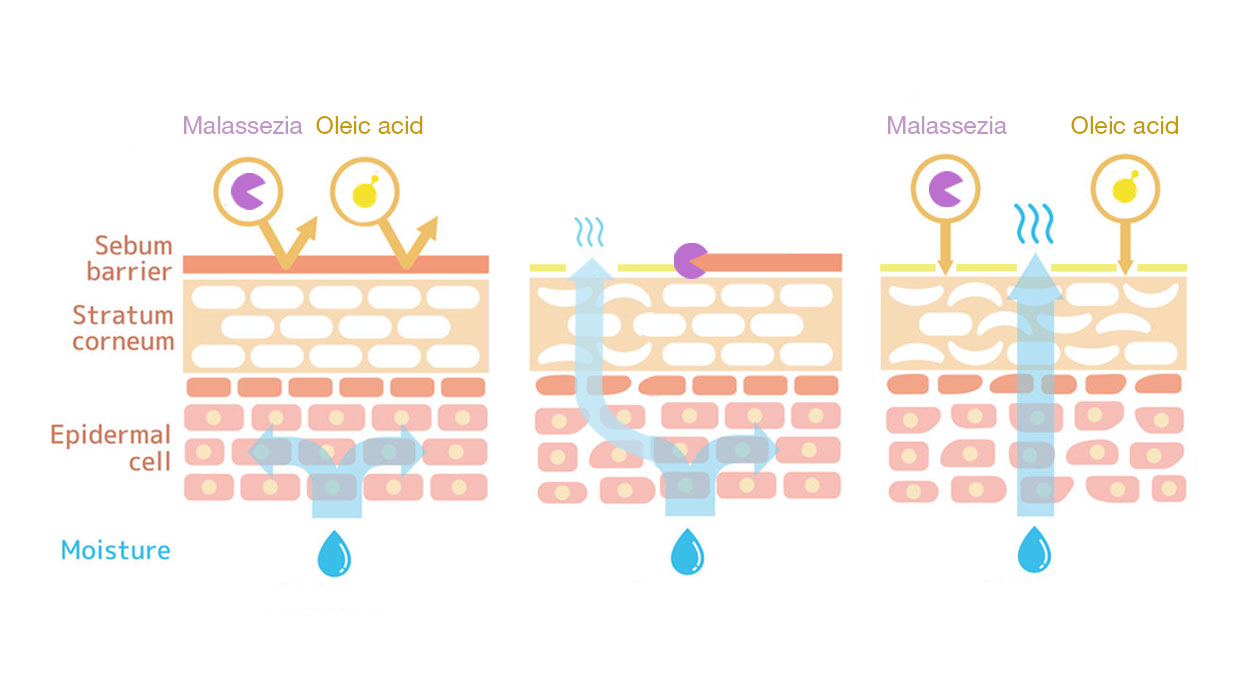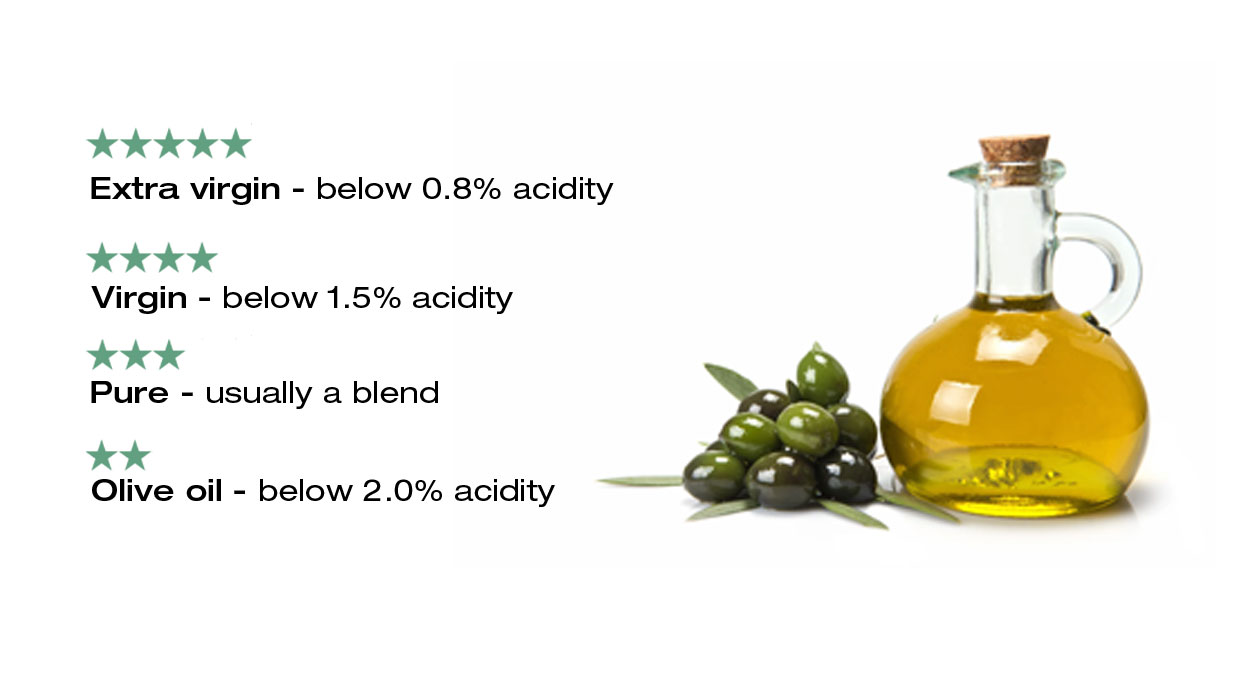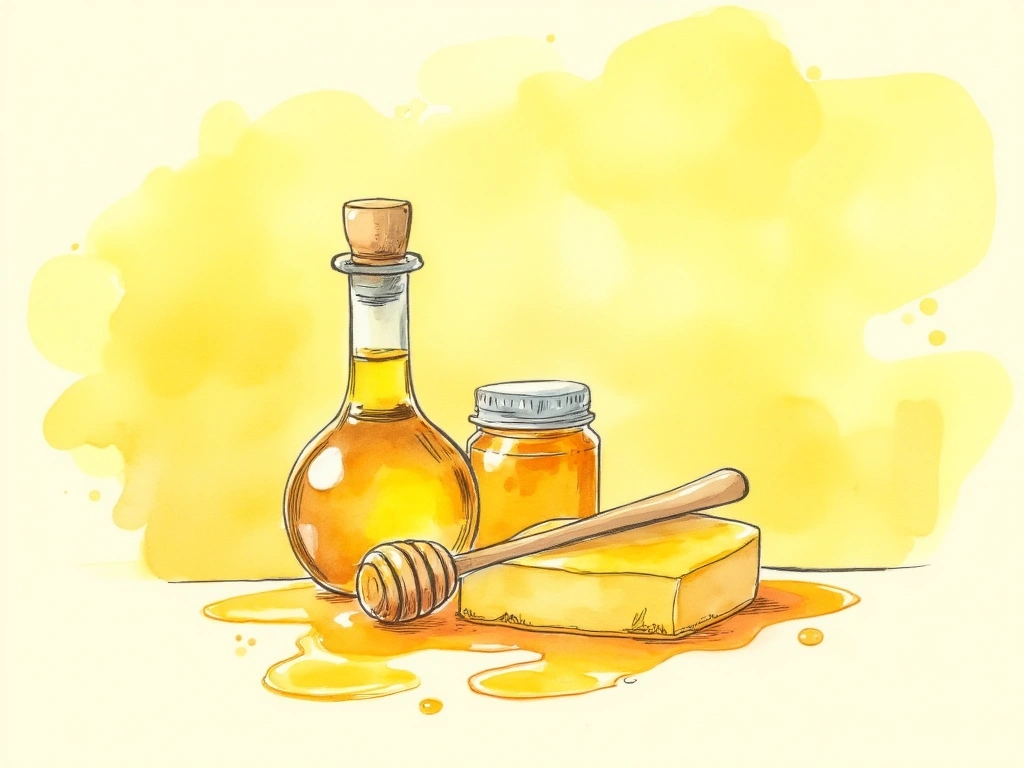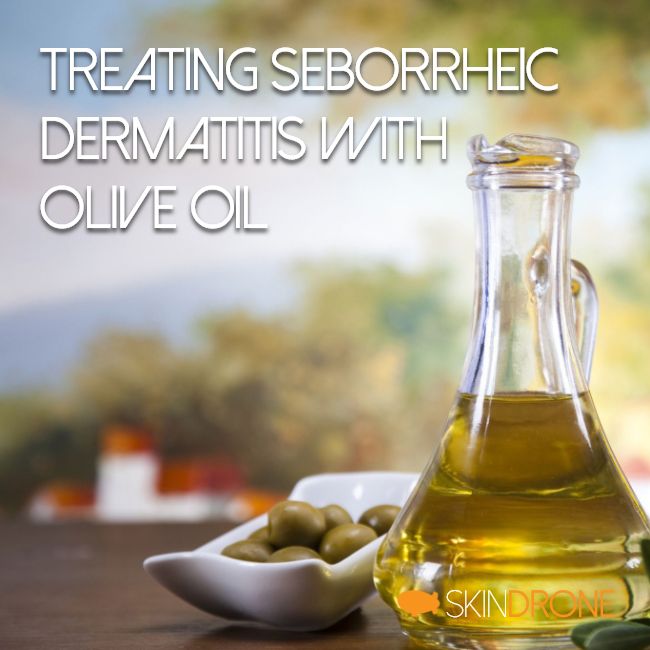- Olive oil is often suggested for skin issues, but it may worsen seborrheic dermatitis.
- Seborrheic dermatitis is linked to Malassezia yeast and oleic acid, the main fatty acid in olive oil.
- Research indicates olive oil can promote Malassezia growth and skin irritation in this condition.
- Alternative oils like coconut, mineral, and sunflower oil may be more suitable.
- A honey, beeswax, and olive oil mix shows promise, but honey is likely the key ingredient, not olive oil.
During my research into seborrheic dermatitis, olive oil frequently emerged as a potential home remedy. However, further investigation and user experiences suggest olive oil might actually worsen the condition for many.
This article thoroughly examines the use of olive oil, and products containing it, for seborrheic dermatitis. We’ll explore why this seemingly natural treatment might not be the best choice for those prone to this skin condition.

Why Olive Oil Seems Like a Good Idea (Initially)
Olive oil boasts a long history of use in skincare.
Its widespread application dates back to around 1000 BCE. While lower grades served as lamp fuel, premium olive oils were valued in spiritual practices, skin treatments, and as a nourishing hair oil [1].
More recently, the Mediterranean diet’s popularity has reignited interest in olive oil, making it a staple cooking oil in health-conscious communities.

This renewed popularity extended to skincare, with olive oil gaining traction as a general skin moisturizer. Olive oil-based skincare products became increasingly common. As an oil, it effectively softens the skin and reduces moisture loss [2].
Compared to many other oils, high-quality olive oil is rich in phenolic compounds []. Some researchers proposed that these compounds are responsible for olive oil’s perceived skin benefits [3, 4].

Seborrheic Dermatitis: A Quick Cause Overview
To understand why olive oil might be problematic for seborrheic dermatitis, let’s briefly recap the condition itself.
Malassezia yeasts are central to the most widely accepted explanation of seborrheic dermatitis. These yeasts are natural inhabitants of human skin, feeding on skin oils (lipids) in sebum, which our skin produces to maintain its moisture barrier. In most individuals, Malassezia causes no issues.
However, in those susceptible to seborrheic dermatitis, these yeasts can trigger symptoms. The reasons why some people react negatively while others don’t are still debated.
The dominant theory for the last decade is:
- Malassezia yeasts consume sebum lipids, extracting saturated fatty acids.
- This process leaves behind free fatty acids, including oleic acid.
- Oleic acid can irritate the skin in susceptible individuals, potentially due to an immune response.
- This irritation can compromise the skin barrier, leading to seborrheic dermatitis symptoms.

While this remains the prevailing theory, newer research suggests different mechanisms might be involved. Regardless, the oleic acid theory highlights a potential problem with olive oil and seborrheic dermatitis.

Why Olive Oil Can Be a Poor Choice for Seborrheic Dermatitis
The connection between oleic acid and seborrheic dermatitis is crucial. Direct application of oleic acid to the skin can trigger seborrheic dermatitis symptoms, even without Malassezia present [5].
Since oleic acid is the primary fatty acid in olive oil, this raises immediate concerns. Applying a substance rich in oleic acid seems counterintuitive for a condition potentially aggravated by it (even considering the difference between triglyceride and free fatty acid forms of oleic acid).
Further reasons for caution include:
- Olive oil is frequently used in laboratory settings to encourage Malassezia yeast growth [6].
- A small study indicated that consistent olive oil application can compromise the stratum corneum (skin’s top layer), leading to irritation [7].
Considering these points, the potential downsides of using olive oil for seborrheic dermatitis appear to outweigh any perceived benefits.

The Role of Olive Oil Quality and Minor Components
Beyond triglycerides, olive oil contains various other compounds such as vitamin E, phenols, carotenoids, squalene, phytosterols, and chlorophyll.
The concentration of these components varies significantly. Generally, virgin olive oils boast higher levels compared to refined olive oils.
It’s plausible that high-quality, virgin olive oil, with its richer composition, might affect the skin differently than lower-quality refined oil [8]. However, numerous factors—production methods, harvest timing, geographic origin—make consistent quality and effects difficult to guarantee.


Olive Oil, Honey, and Beeswax Combinations: A Different Story?
Interestingly, combinations of olive oil, honey, and beeswax have garnered research interest for skin conditions related to seborrheic dermatitis:
- Topical application of natural honey, beeswax and olive oil mixture for atopic dermatitis or psoriasis: partially controlled, single-blinded study [9]
- An alternative treatment for pityriasis versicolor, tinea cruris, tinea corporis and tinea faciei with topical application of honey, olive oil and beeswax mixture: an open pilot study [10]
- Mixture of Honey, Beeswax and Olive Oil Inhibits Growth of Staphylococcus aureus and Candida albicans [11]
However, examining these studies reveals that honey seems to be the most active ingredient. Olive oil’s role appears secondary, primarily to reduce honey’s viscosity and make it easier to apply. The benefits seen in these mixtures are likely attributable to honey’s properties, not olive oil.

Conclusion: Olive Oil May Not Be Your Best Bet for Seborrheic Dermatitis
Using olive oil to treat seborrheic dermatitis seems ill-advised due to its high oleic acid content, which may exacerbate the condition.
Fortunately, numerous alternative oils with more favorable fatty acid profiles are readily available. Extra virgin coconut oil (low in oleic acid) [12], cosmetic grade mineral oil (hydrocarbons) [13], and even sunflower oil [14, 15] are potentially better choices.
While some advocate avoiding natural oils altogether [16], this stance lacks strong supporting evidence.
Research indicates Malassezia reacts differently to various fatty acids [], and completely eliminating natural skin oils might create more problems than it solves [17]. Choosing oils wisely, however, seems prudent when managing seborrheic dermatitis.

No Comments
Be the first to start a conversation